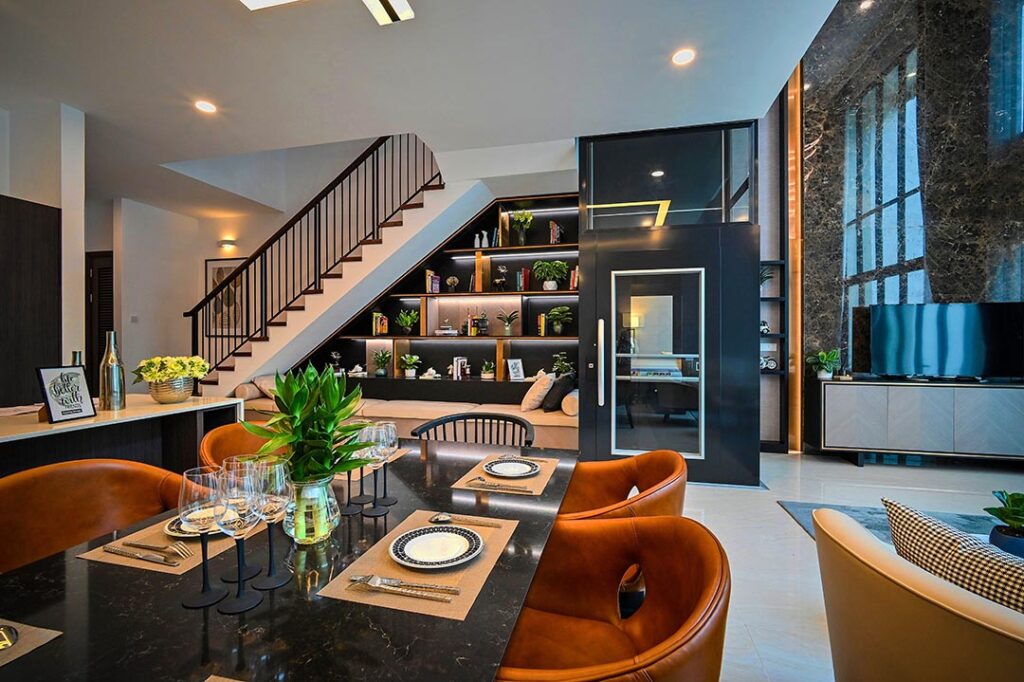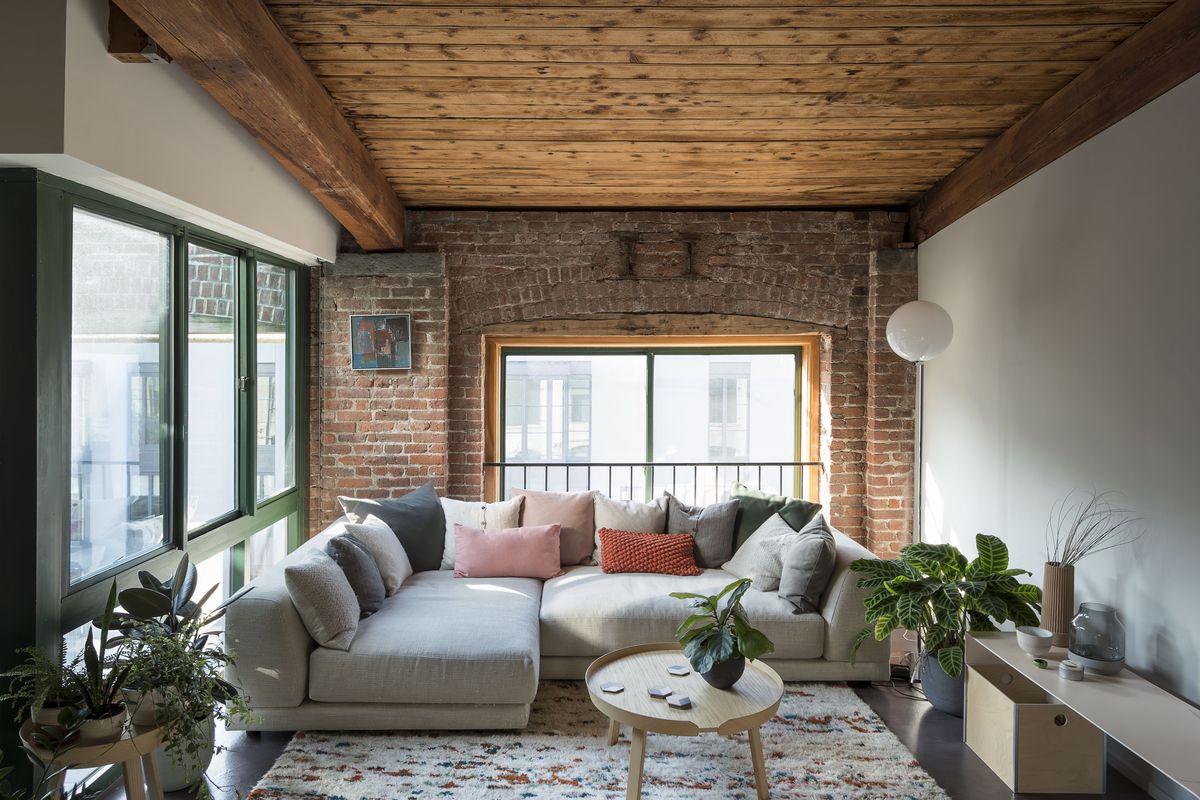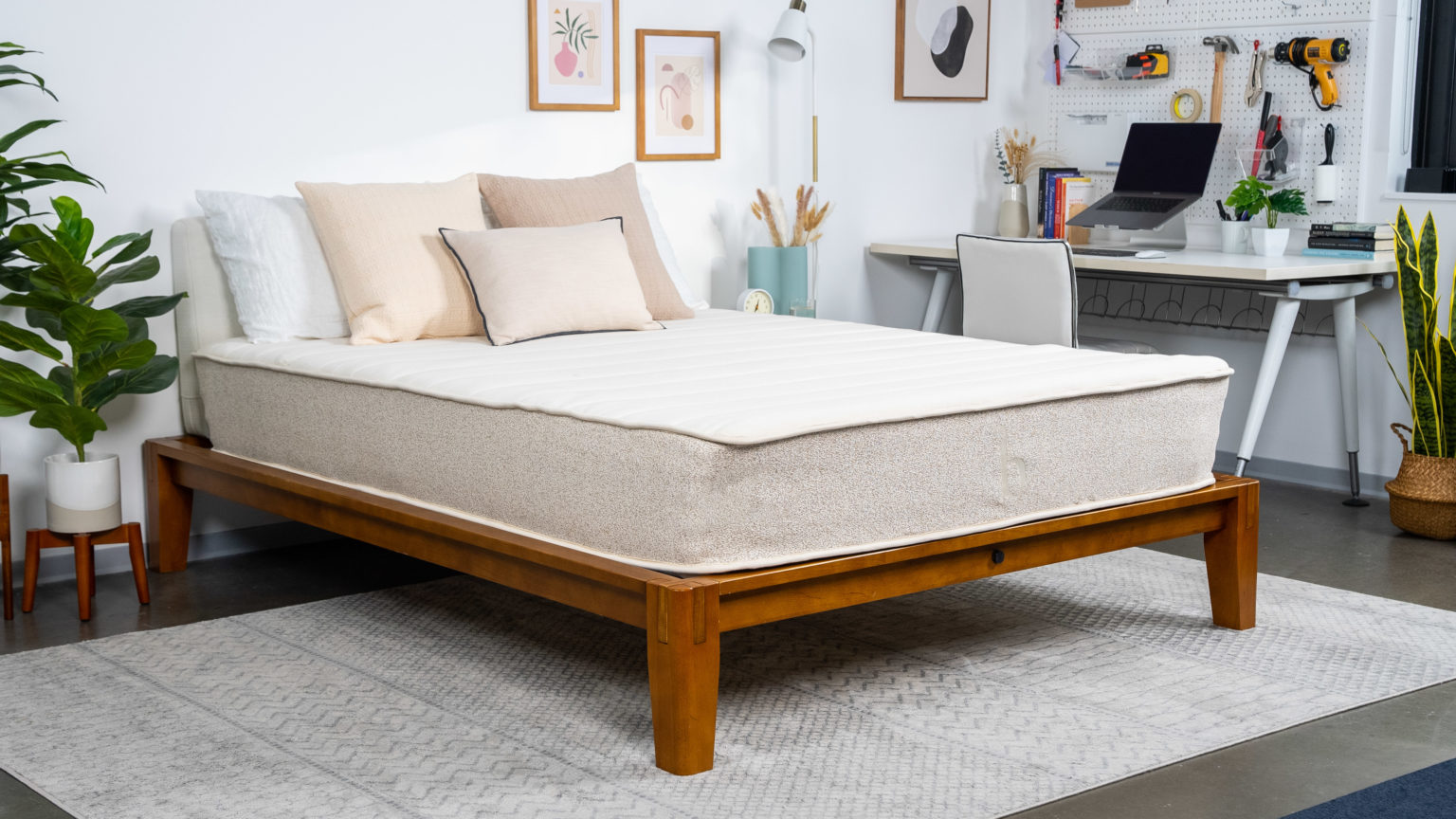The field of interior design is dynamic and captivating. It combines art and planning to produce harmonious, functional environments. The field of interior design encompasses more than simply decorating a room. It also includes a deep understanding of the aesthetics of space, architectural principles, and psychological aspects. The interior designer is a skilled professional who has the talent to make any space beautiful, expressing their clients’ personalities. We will look at the interior design world in this article.
It is possible to trace the roots of interior designing back to ancient cultures, when furniture arrangement, colors, and materials were combined to create beautiful, functional environments. Interior design, whether in ancient Egypt’s opulent temples or the majesty of the cathedrals that grace Europe today, has played a vital role in shaping the human environment. As societal and architectural trends changed, so did interior design. Interior design was revolutionized in the 20th Century by pioneers such as Frank Lloyd Wright, Ludwig Mies van der Rohe, and others. They broke traditional boundaries while introducing new concepts.
Interior design involves a collaborative and highly creative process. It begins with gaining an understanding of the client’s lifestyle, needs and desires. A designer uses the information gathered to develop a unique design vision. Each decision made, whether it’s choosing the ideal color palette or sourcing furnishings and accessories, is done with a great deal of care. Use of digital technology and tools has revolutionized the industry, as it allows designers to produce virtual renderings of their designs and give clients an accurate preview.

Achieving a balance between beauty and function is a challenge for interior designers. Although creating beautiful spaces is crucial, this shouldn’t come at the price of functionality and comfort. Designers plan rooms meticulously to maximize flow and space. Interior designers also pay attention to lighting, acoustics and ergonomics as these aspects have an impact on atmosphere and the experience that users get from a room. An interior that is well designed not only attracts attention but enhances its users’ daily lives. For more information please visit here https://spadesconcept.com/
The power of interior design goes beyond its aesthetics. It can evoke our emotions and affect our mood. Colours, textures, or spatial arrangement can all have an impact on our mental health. Warm shades can create an inviting and cozy atmosphere while cool tones induce tranquility. An interior designer who is skilled will consider the psychology behind space in order to design environments that are conducive to positivity and productivity. The power of interior design is evident in any environment, be it a busy home or an office.
Recent years have seen an increasing emphasis on eco-friendly, sustainable interior design. In an effort to reduce their impact on the environment, designers have adopted green practices. This includes using eco-conscious products and adopting energy-efficient technologies. Modern interior design has embraced sustainability in many ways, including repurposing antique furniture and incorporating renewable energy sources. Eco-consciousness is a trend that not only improves aesthetics but reduces environmental impact.


